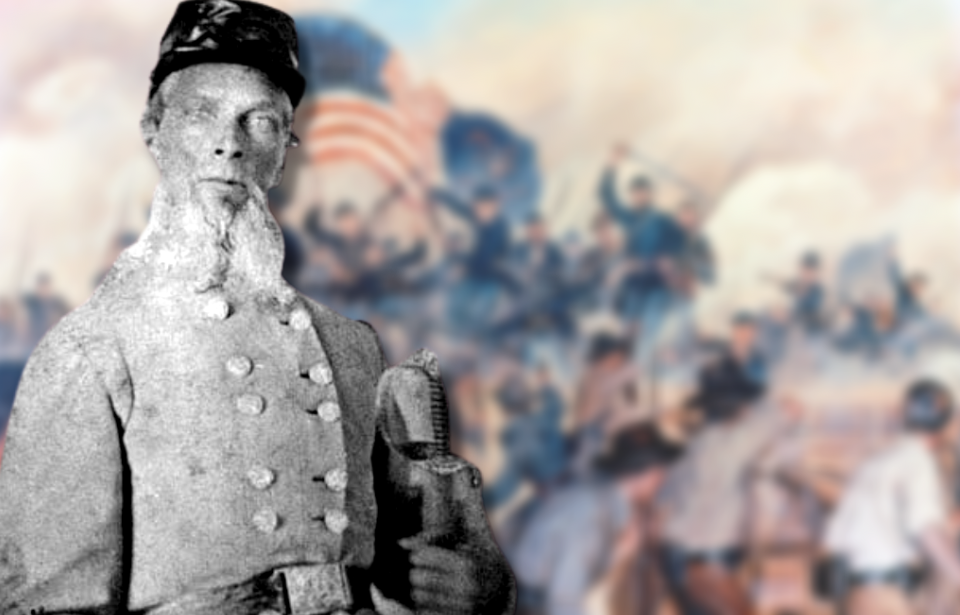The immense scale of the American Civil War led to numerous strange and unusual events. Among these were bullets merging in mid-air, a Union general sharing the same name as the Confederate president, wounds that eerily glowed at night, and notably, Confederate Brigadier General Martin Green declaring his invincibility shortly before he was killed.
Confederate Brig. Gen. Martin Green
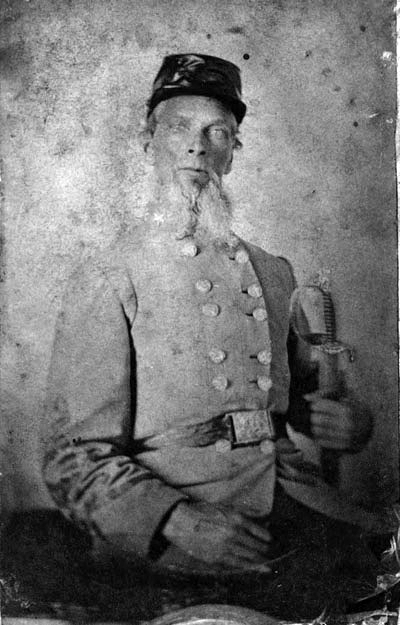
Martin Green was born on June 3, 1815, in Fauquier County, Virginia. At the age of 21, he moved to Missouri, where he and his brothers established a sawmill. During this time, he was appointed as a judge of the Lewis County Court, while his brother pursued a political as career as a Senator with Missouri’s Democratic Party.
When the American Civil War broke out in 1861, Green became a prominent secessionist in Missouri. He rallied a large group of like-minded civilians and organized a cavalry regiment, which initially struggled against David Moore’s Union Home Guard Regiment. Despite this, Green led a successful assault on Lexington but encountered a series of defeats following this victory.
A year into the war, Green was promoted to brigadier general and took command of John S. Bowen’s division during the Siege of Vicksburg. This battle saw Union Maj. Gen. Ulysses S. Grant‘s offensive against the heavily fortified city of Vicksburg, Mississippi, one of the final Confederate strongholds along the Mississippi River.
The irony of Martin Green’s last words
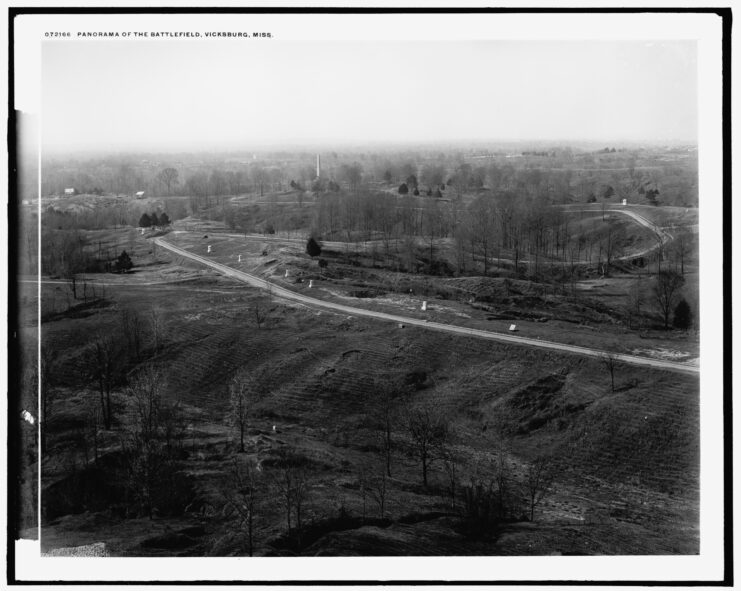
On June 27, 1863, Martin Green diligently surveyed the defenses of Vicksburg, seemingly undeterred by the nearby Union forces intent on defeating him and his troops. Despite warnings to take cover, he defiantly responded, “A bullet has not yet been molded that will kill me.”
In a tragic twist of fate, Green’s confident claim was swiftly proven wrong when a Union sharpshooter fatally shot him in the head moments later, ending his life instantly.
A similar incident happened with Union Gen. John Sedgwick
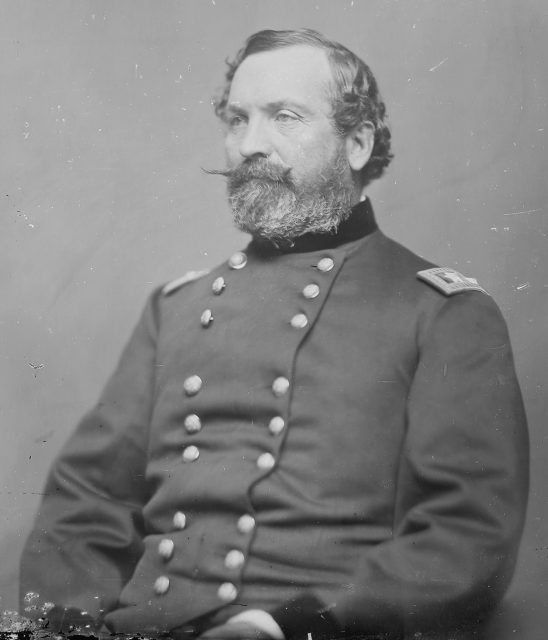
A similar incident happened to Union Gen. John Sedgwick, one of the highest-ranking officers to die during the Civil War. Sedgwick’s grandfather was also a military general, serving alongside George Washington. With such a heritage, it wasn’t surprising that he, too, served.
Before the Civil War began, Sedgwick had fought in Seminole Wars, the Mexican-American War, the Utah War and the American-Indian Wars. When the Civil War broke about, he was a colonel and assistant inspector general with the Military Department of Washington. He was promoted to the rank of brigadier general in August 1861.
Sedgwick at the Battle of Antietam
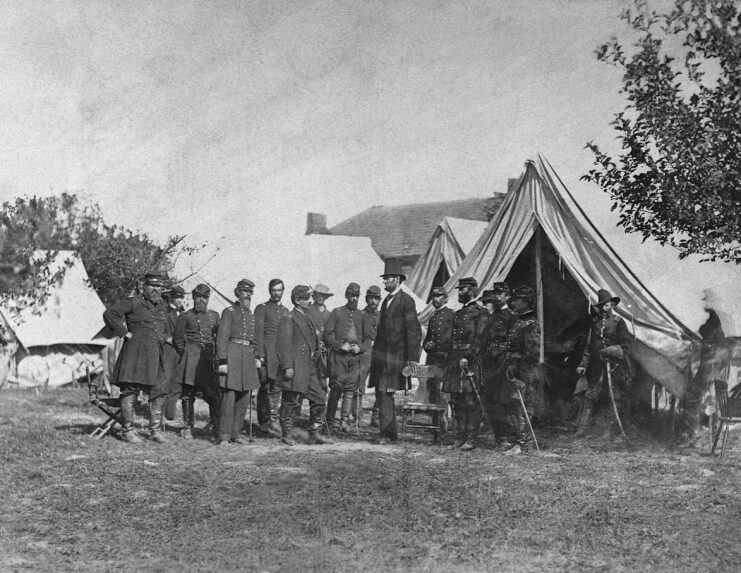
At the Battle of Antietam, Sedgwick and his division were sent by Maj. Gen. Edwin Sumner on a poorly-prepared assault and was shot three times. He was out of action for a few months while he recovered from his wounds. During the Battle of Spotsylvania Court House, Sedgwick was directing artillery placements when he came under fire from Confederate sharpshooters positioned 900 meters away.
His men dived for cover to avoid the hail of bullets, but this angered Sedgwick, who, like Green, was not phased by the very real danger. He said to his men, “What? Men dodging this way for single bullets? What will you do when they open fire along the whole line?”
An ironic end
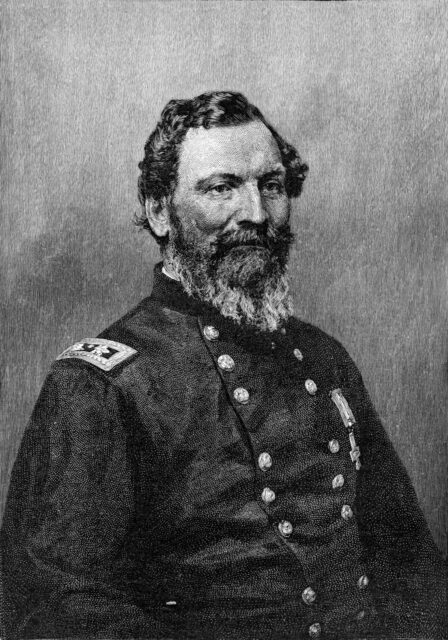
However, they remained in cover. Despite being more familiar than most with being shot, Sedgwick was ashamed by how they were acting and said, “Why are you dodging like this? They couldn’t hit an elephant at this distance.” Shortly after these famous last words, the Union general slumped over dead, having been shot in the head.
Want War History Online‘s content sent directly to your inbox? Sign up for our newsletter here!
A well-respected general, Sedgwick’s death hit Grant hard. Upon hearing the news, he asked, “Is he really dead?”
